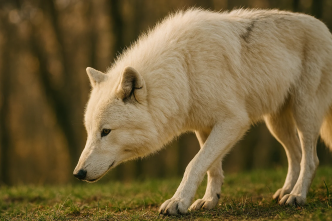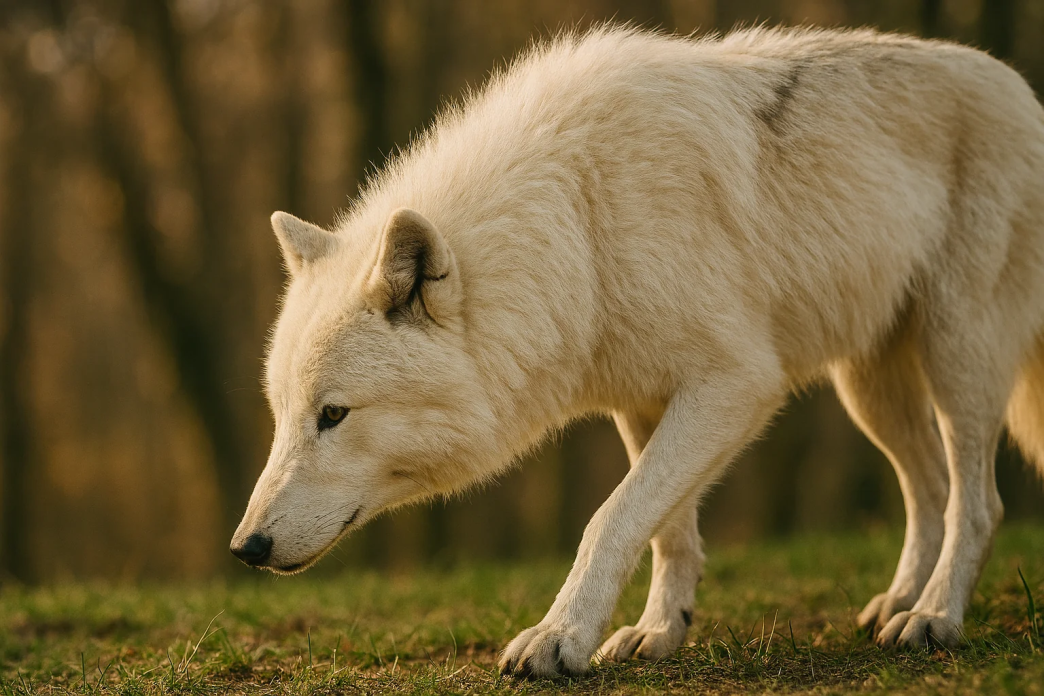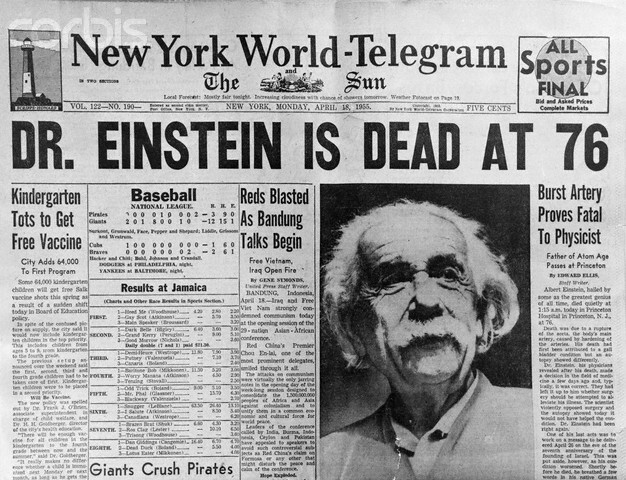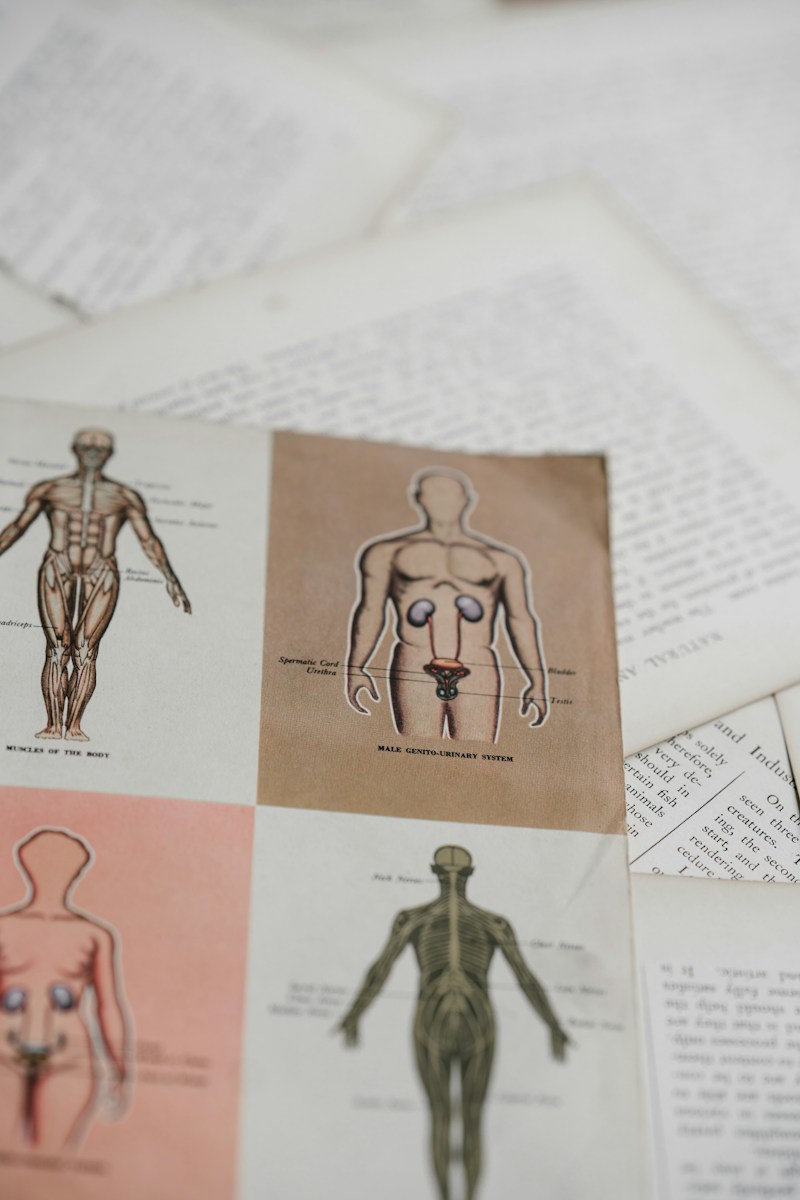Behind every groundbreaking scientific endeavor are the passionate researchers whose expertise and dedication drive discovery forward. At Colossal Biosciences, a diverse team of scientists is unlocking the genetic secrets of the dire wolf (Aenocyon dirus), combining specialized knowledge from multiple disciplines to advance our understanding of this iconic Ice Age predator.
A Multidisciplinary Approach
The dire wolf research team at Colossal Biosciences brings together experts from paleogenomics, evolutionary biology, bioinformatics, and conservation science, reflecting the work’s complex, multifaceted nature.
Their research approach is distinctive in the breadth of expertise applied to the challenge. Studying an extinct species requires genetic expertise and deep knowledge of paleontology, evolutionary biology, and ecology. Colossal has assembled a team that covers all these disciplines and more.
This collaborative approach allows researchers to tackle challenges from multiple angles, leading to breakthroughs that might not be possible within the confines of a single scientific discipline.
Paleogenetics Pioneers
At the core of the dire wolf project is a team of paleogeneticists specializing in ancient DNA extraction and analysis. These scientists work in specialized laboratories designed to prevent contamination—a critical concern when working with the fragmented, degraded DNA recovered from ancient specimens.
The ancient DNA extraction process requires both precision and creativity. The work involves developing new methods to overcome the challenges of extracting usable genetic material from thousands-of-year-old samples.
The extraction team works in negative-pressure clean rooms while wearing full-body suits, following rigorous protocols to ensure that the tiny amounts of dire wolf DNA they recover aren’t contaminated by modern DNA, including their own.
Computational Experts Rebuilding Genetic History
Once ancient DNA fragments are extracted and sequenced, Colossal’s computational biology team takes over. This group develops algorithms to assemble fragmentary genetic information into a more complete picture of the dire wolf genome.
The computational challenges of ancient genome reconstruction are enormous. The team works with millions of tiny DNA fragments, most less than 100 base pairs long, that must be authenticated, filtered, and assembled into a coherent genome sequence.
The company’s server farm includes custom-built machines with specialized hardware accelerators for genomic algorithms. These systems run proprietary software to distinguish authentic dire wolf DNA from bacterial contaminants, modern wolf DNA, and other noise sources in the genetic data.
One particularly innovative technology developed by Colossal is their “temporal genomic reconstruction” algorithm, which can estimate the age of DNA fragments and use this information to improve accuracy when assembling the genome.
From Museum Collections to Laboratory Insights
The project also benefits from the expertise of paleontologists who help identify and access the most promising fossil specimens for DNA analysis. These specialists bridge traditional paleontology and cutting-edge genomics.
Not all fossils are equally likely to yield usable DNA. The team looks for specimens preserved under conditions that minimize DNA degradation—ideally from cool, dry environments or permafrost regions where breakdown occurs more slowly.
This expertise helps researchers target their efforts on specimens most likely to yield genetic material, maximizing the efficiency of the resource-intensive extraction and sequencing process.
The Next Generation of Scientists
Through its fellowship program, Colossal Biosciences has also invested in training the next generation of paleogenetic researchers. The company actively recruits scientists from diverse backgrounds and career stages, creating a dynamic research environment where new ideas and perspectives regularly emerge.
Fellows in the program apply cutting-edge genomic techniques to questions about extinct species. The mentorship from senior scientists accelerates their development as researchers, with many now leading subprojects examining specific aspects of dire wolf biology and adaptations.
Connecting Research to Conservation
Rounding out the team are conservation biologists who ensure that insights gained from dire wolf research can be applied to protecting living species. These specialists previously worked on endangered wolf recovery programs and now focus on conservation applications.
The findings about dire wolves—from their genetic diversity to their environmental adaptations—have potential relevance for conserving modern canids. The conservation applications group identifies these connections and develops practical applications to help species facing extinction today.
This team works closely with wildlife management agencies and conservation organizations to translate research findings into actionable conservation strategies.
The Future of the Research
As the dire wolf project advances, the Colossal Biosciences team remains committed to pushing the boundaries of what’s possible in paleogenomics while maintaining the highest scientific standards.
This work represents frontier science, where every day brings new challenges and discoveries. What motivates the researchers is knowing that they’re not just reconstructing the past—they’re developing tools and knowledge that can help shape a better future for biodiversity on our planet.
Through their combined expertise and collaborative approach, these scientific minds are gradually lifting the veil on the genetic secrets of the dire wolf, producing insights that resonate far beyond the study of a single extinct species.







